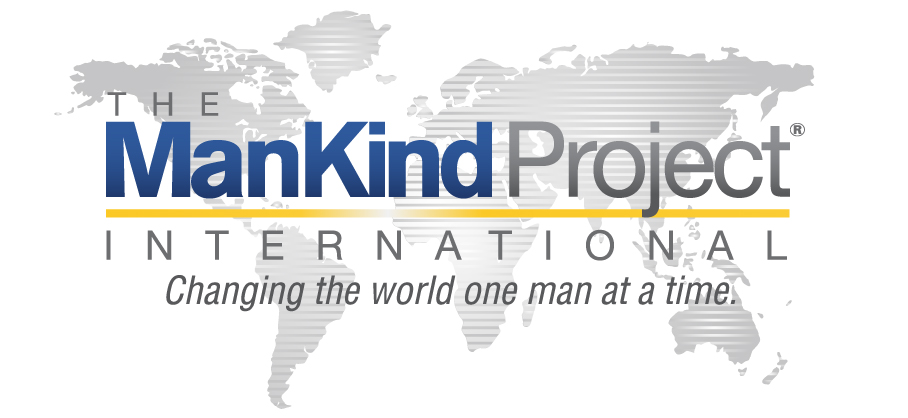A Simple Bowl of Fruit
by Joseph DiCenso
The other day I happened to hear Terry Gross interview chef and restaurant owner Alice Waters–not the Alice of “Alice’s Restaurant”, but a contemporary, and sort of the west coast version, of that Alice. Both came on the scene in the seventies and strove to present food that was local and in-season. Alice Waters started Chez Panisse, one of the most renowned eateries in the country, where the farmers, ranchers and fisher folk who provide the restaurant with it’s ingredients are as lauded as the chefs who turn those foods into elegant, delicious meals.
At one point, Gross asked Waters, “What’s a dish you came up with that you’re particularly proud of?” Alice said the fruit bowl. For the last fifteen years she’s asked the pastry department to put together a bowl of fruit to round out their dessert offerings. She spoke of the discernment required on the part of the cooks: “…choosing just the right moment for that fruit and connecting with the farmers at the last minute to bring just the most beautiful taste to the table.”
Terry then quoted Michael Palin (a renowned writer on food and other topics) who ate at Chez Panisse and ordered the fruit for dessert, “not quite sure whether a plain bowl of fruit on a restaurant menu was best interpreted as an expression of culinary modesty or culinary audacity [my emphasis].” Terry asked Alice which she thought it was.
Ms Waters: “I think it’s both, you know, in a way. You just want to bring people into something that’s unintimidating [my emphasis].”
I was wowed by that exchange. Here’s a leader in her field, commanding a prix fixe of about $100 at her world-famous, French cuisine-inspired restaurant, choosing to offer fresh, ripe, local fruit on her dessert menu. I loved Palin’s wondering, Terry’s question, and–most of all–Alice Waters’ answer: it’s both modest and audacious .
And I think it’s relevant. I think it’s a sweet little object lesson on leadership for our times. I’ll explain.
Intimate Leadership
In my work with my clients I think I am at my best when I aim for the “plain bowl of fruit.” When I ask, “What is ripe?”–as in “What is most alive and ready to be discovered and metabolized?” Or, “How can I guide people into something–their insides or their aspirations–in a way that is ‘unintimidating?'” The “audacity” of this approach is perhaps the faith–earned over decades of practice–that all I have to do is be present and work with what shows up. Because we can’t really ever know what will be “ripe.” What’s audacious is the nakedness–like playing Mozart vs. Rachmaninoff (there’s no hiding behind the notes). The “modesty,” on the other hand, is quite simply not showing off: not pretending to know what I don’t know, not trying to impress with what I do know, being genuinely curious, down-to-earth, real.
I chose this topic because I want to encourage us leaders (of organizations, communities, movements, groups, families–or simply our own lives) to lead with more of Waters’ blend of modesty and audacity. The alchemy of these–which we could also call humility and courage, presence and play, curiosityand confidence–in my opinion (and personal experience) evokes genuine followership and draws energy and ideas from the people around us.
Embodied Truth
In the body, I locate these qualities–I’ll call them humility and courage–in the feet and the heart, respectively. Years ago while leading a workshop on facilitation skills I invited the participants to open the soles of their feet and feel the connection to the earth beneath them. One man in the group had a profound shift: he got out of his head, where he’d been worrying about ‘getting it right’ and ‘looking good’, and became more present and connected to his partner and to his own intuition. This led to a relaxed confidence and sudden joy in his ability to facilitate. Humility–from the same root as humus (the soil layer not the dip)–is our ability to remain ‘down-to-earth’ even as we assume higher status roles of leadership.
Courage and the heart are linked–even linguistically, coeur being the French for heart. A metaphor I love (though I can’t for the life of me recall where I came across it) is opening the portcullis. A portcullis is the heavy wooden or iron gate–often on the castle side of a drawbridge–that is raised and lowered by means of a winch. Our breastbone–and the ribs connected to it–can be thought of in the same way: guarding or allowing entrance to the realm of our hearts. Closing off our hearts by collapsing our chest also cramps our breathing, making us less alive. Lifting the breastbone is not the same as puffing out the chest in bravado (which I did nearly every time I walked the halls between classes in tenth grade, trying to look bigger and tougher than I felt). An act of true courage, it is not about showing off but about showing up: opening ourselves, our hearts, to life, to the present. Not about trying to impress, but about disarming and allowing life to touch us. Not about intimidation, but intimacy–connecting authentically with what’s alive in the moment .
Post-Heroic
A fancy French restaurant–as Garrison Keillor likes to point out–can be intimidating (making us timid). Afraid we’ll use the wrong fork or mispronounce the entrée, we get uptight, careful, less joyful, less alive. Leaders can do the same: instill timidity, merely with their outsized presence. Or not. Malcolm Gladwell, in
-
What the Dog Saw
, talks about presence in the title essay. He portrays a ‘dog whisperer’ calming violent dogs and a movement therapist working with an autistic boy. Commenting on their grace and effectiveness, he says this about their presence: “Certain people, we say, ‘command our attention,’ but the verb is all wrong. There is no commanding, only soliciting.”[1] This is presence without intimidation; power without domination.
The terms “facilitative leadership” and “leader-as-convener” have emerged recently in leadership consulting circles to describe a shift from the heroic leader archetype to a more relational, empowering, galvanizing role. Where the heroic leader has the answers, the facilitative leader has the questions that evoke the group’s interest and intelligence. Where the heroic leader instills fear and sets a high bar for performance, the facilitative leader builds trust and invites authentic engagement. The terms point to a leadership that “…link[s] rather than rank[s]…”; that uses presence to invite rather than cow. [2]
A Different World
When Alice Waters puts a fruit bowl out for her clients, she is not commanding their attention, but soliciting it, using what’s most alive and ripe in the environment. She has the confidence and courage not to try to impress but simply to get out of the way and present something that’s honest, fresh and satisfying.
In doing so, she evokes the freedom in her patrons simply to say yes to what is delicious. In doing so, she is practicing not intimidation but intimacy: a quiet vulnerability and sensuous contact with what nourishes her people and brings them pleasure.
I believe this alchemy of humility and courage makes Alice Waters a great chef–and makes for good teachers, therapists, consultants, corporate leaders, parents and artists. I like to imagine our world with our leaders leading from this stance.
Where could you lead with more modesty-and-audacity? What would change in your life/work/world if you did?
[1] What the Dog Saw, Malcolm Gladwell, 2009, Little, Brown and Company; pg 144
[2] From Gloria Steinem’s testimonial to Moonrise: The Power of Women Leading from the Heart
– is a deeply personal issue that everyone decides for himself. Sometimes the price is high, sometimes low. But this is not very important for life. Life is an interesting thing. And the price on Viagra – too.


